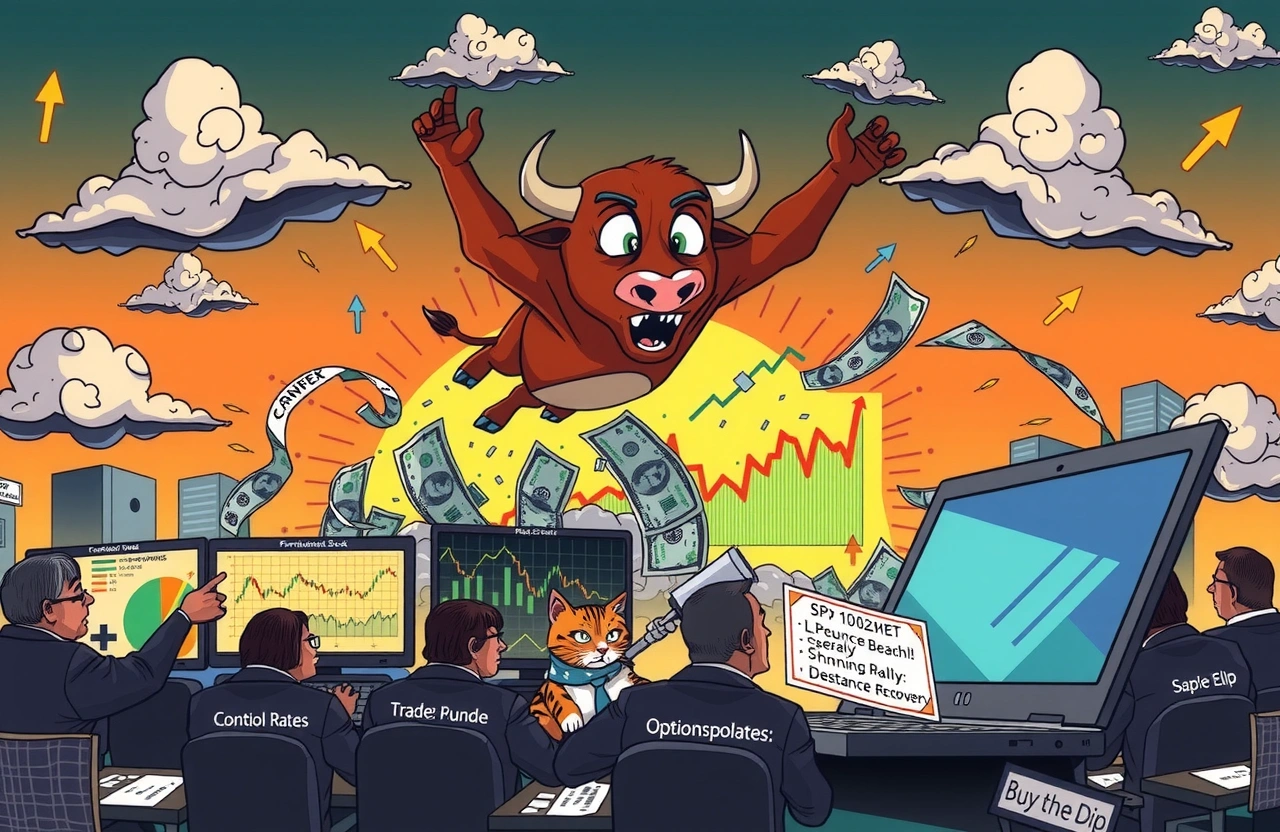The Anatomy of a Market Correction
Today’s dramatic market drop startled even seasoned investors, with major indices experiencing their steepest single-day decline in months. This stock market plunge reflects complex economic forces converging rapidly, triggering waves of selling across all sectors. Unlike isolated dips, today’s move suggests deeper systemic concerns as volatility indices spiked over 30% intraday.
Several immediate factors contributed to the sell-off:
– Interest rate uncertainty: Federal Reserve statements signaling persistent rate hikes
– Earnings warnings: Major retailers projecting weaker holiday season performance
– Geopolitical tensions: Escalating trade restrictions between economic superpowers
– Options expiration: Large volumes of expiring derivatives contracts amplifying movement
Historical Parallels to Today’s Stock Market Plunge
Market corrections follow recognizable patterns across economic cycles. Today’s stock market plunge resembles the February 2020 COVID crash in velocity, though fundamental drivers differ significantly. Historical analysis shows similar drops:
Technical Breakdown Patterns
Market technicians identified critical support levels broken during today’s session. The S&P 500 breached its 100-day moving average – a key psychological barrier – on twice the average trading volume. This chart breakdown often precedes extended correction phases lasting weeks or months.
Comparative Recovery Timelines
Analysis by Bloomberg Markets shows that since 1950, comparable single-day plunges resolved differently based on underlying causes:
– Inflation-driven drops (like 1973-74) averaged 15-month recoveries
– Policy-error corrections (2018) rebounded within 6 months
– Liquidity crises (2008) required 3+ years for full recovery
This context helps investors calibrate expectations about today’s stock market plunge duration.
Sector Vulnerabilities Revealed
Not all segments suffered equally during today’s rout. Understanding these fractures reveals where risks concentrate.
High-Valuation Tech Stocks
Consumer Discretionary WeaknessRetailers and automakers slumped after multiple profit warnings signaled consumer spending contraction. Companies lacking pricing power face margin compression as input costs remain elevated while demand softens.
In contrast, these sectors demonstrated relative strength:
– Consumer staples: Essential goods producers declined less than 1%
– Utilities: Regulated providers benefited from defensive positioning
– Healthcare: Recession-resistant services saw negligible outflows
Portfolio Defense Strategies
Savvy investors use market plunges to recalibrate their positioning. Below are tactical responses proven across market cycles.
Immediate Portfolio Triage
First, distinguish quality assets from fundamentally broken investments:
– Review holdings with debt-to-equity ratios exceeding sector norms
– Identify companies with negative operating cash flow
– Screen for businesses facing imminent covenant tests
Rotate capital from financially fragile positions into companies with fortress balance sheets. Microsoft and Johnson & Johnson demonstrated this resilience during today’s stock market plunge.
Position Optimization Techniques
Skilled investors employ volatility to their advantage with disciplined strategies:
1. Dollar-cost averaging: Schedule incremental purchases at predetermined intervals
2. Portfolio rebalancing: Restore target allocations away from drifted positions
3. Hedging: Use index options for downside protection during volatile phases
Corrections create rare purchasing opportunities for quality assets. Reserve liquidity to selectively acquire fundamentally robust companies unfairly punished by indiscriminate selling during today’s stock market plunge.
Macroeconomic Warning Signs
Today’s equity bloodbath emerged alongside deteriorating economic pillars.
Debt Market Distress Signals
Corporate bond spreads widened significantly pre-plunge, suggesting stress in credit markets. Companies face near-term risks as they approach earnings season with recession forecasts mounting.
Critical indicators to monitor:
– High-yield bond ETF flows: Sustained outflows signal risk aversion
– Commercial paper rates: Rising short-term borrowing costs impair corporate liquidity
– Bankruptcy filings: Early-stage distress manifests here before equity markets react
Global Interdependence Risks
Today’s synchronized global sell-off underscores interconnected vulnerabilities. European manufacturing contraction combined with China’s property market instability created feedback loops that intensified U.S. market weakness. Investors should diversify exposures to avoid concentrated country-specific risks.
Navigating Short-Term Volatility
Avoiding Behavioral TrapsResearch by Vanguard reveals common errors during corrections:
– Panic selling: Locking losses before rebounds
– Overcorrection: Abandoning entire strategies based on single events
– Recency bias: Assuming current trends will persist indefinitely
Establish predefined re-entry points for positions rather than emotional trading. Historically, today’s stock market plunge magnitude offers selective buying opportunities.
Sentiment-Based Indicators
Contrarian signals now flash compelling data:
– Put/call ratios hit extremes not seen since March 2020
– Short interest spikes on quality stocks suggest potential squeeze setups
– Investor surveys show bearish readings triggering contrary indicators
William O’Neil’s market research shows these sentiment extremes often precede intermediate-term rebounds even in bear markets.
Roadmap to Recovery
While uncomfortable, corrections provide necessary market resets.
History shows three stabilization phases after such events:
1. Immediate technical bounce: Oversold conditions create reflexive rebounds
2. Fundamental retest: Prices revisit lows as economic realities settle
3. Sustainable recovery leadership: New market leaders emerge with improved fundamentals
Monitor market breadth indicators rather than headline indices. Advance-decline lines and new highs-lows best confirm sustainable bottoms. Most importantly, recognize this stock market plunge represents a healthy recalibration after record stimulus years.
Today’s decline tested investors’ resolve, but successful market participation demands distinguishing temporary volatility from structural impairment. Revisit investment theses rather than abandon them, selectively upgrade portfolio quality where mispricings emerge, and maintain discipline through turbulence. Volatility creates opportunity – position yourself to capitalize intelligently. Schedule a portfolio review with your advisor this week to create an action plan tailored to your financial goals.



